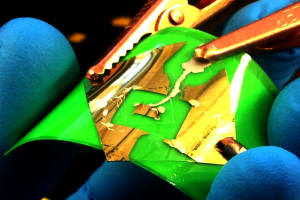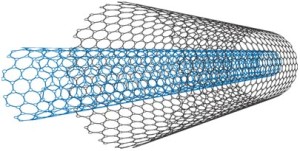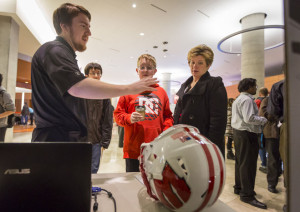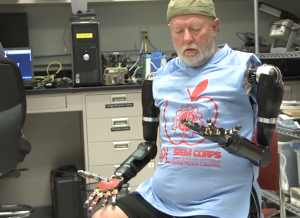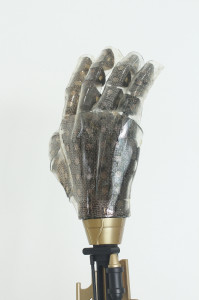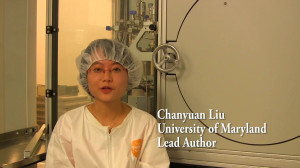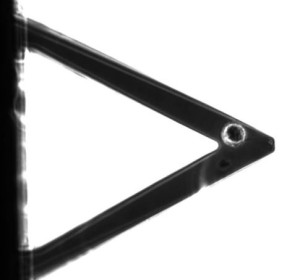
The EPFL scientists successfully tested their novel system with isolated bacteria, yeast, mouse and human cells.
Credit: École Polytechnique Fédérale de Lausanne
Could nanotechnology be the key to discovering extraterrestrial life? The scientists at École Polytechnique Fédérale de Lausanne (EPFL) believe so.
A team at EPFL made up of Giovanni Dietler, Sandor Kasa and Giovanni Longo has developed an extremely sensitive nanosensor that can detect organisms as small as bacteria, yeast, and even cancer cells.
The scientits believe that this is a novel innovation that can be applied to the search for extraterrestrial life. Prior to this development, finding life on other plants has been dependent on chemical detection. The researchers have veered away from this idea and have decided to depend on detecting motion, seeing as it is a trait of life.
The nanosensor uses a nano-sized cantilever to detect motion. A cantilever – or simply a beam that is anchored only at one end, with the other end bearing a load – is typically used in the design of bridges and buildings, but this application takes the very same idea and implements it on a micrometer scale.


